Nordic design studios are known for their simple shapes and clean, reductive patterns. The industry here, whether in interior design or architecture, favors natural products and practical designs. Given the extreme seasons, with close to full days of sunlight in the summer and prolonged hours of night in the winter, it is necessary for inner space to be comfortable and practical, warm and bright.
Finnish design can take the next step to prominence when it breaks away from the Nordic typecast, and it does so best when it is able to touch on history and the value of freedom and equality in Finnish society today. In this regard, the Finnish design studio Marimekko has made great leaps in taking their designs to a personal level. Instead of cool tones and simple shades that are trademark of Nordic design, Marimekko’s aesthetic is warm and bright, playful and homey.
At Helsinki Design Week, Marimekko’s designers shared with Design Milk the origins of their design ideas as well as what values they stand for today as a company.
Marimekko was started in 1949 by Armi Ratia. Armi Ratia’s husband, Viljo Ratia, owned a textile printing factory and she wanted to create new prints for his company. Finland had lost part of the country to Russia, and Armi Ratia thought people needed something bright and beautiful in their lives.
Marimekko had a big break when Jacqueline Kennedy bought seven of their dresses during the course of her husband’s US presidential campaign. She was even pictured wearing a Marimekko summer dress on the cover of Sports Illustrated, which then earned the brand spreads in other big international fashion magazines such as Elle, Vogue and Harper’s Bazaar.
Marimekko’s most recognizable print is the Unikko which was created in 1964 by designer Maija Isola, against Armi’s orders. Armi was initially against floral prints, thinking it would look too traditional, too trite, but she was swayed by Maija’s radiant Unikko design.
Another iconic design is the Tasaraita by Annika Rimala. This even-striped shirt, which celebrated its 50th anniversary this year, is designed to be attractive to all ages and genders as a celebration of equality.
At the Marimekko factory in Finland, we get a glimpse of how the fabrics are prepared.
Designers draw up prints either by hand or on the computer, depending on the individual designer’s preference. The design is printed with rollers. They are then brought over to a station where a member of the staff can check over the design to make sure it is printed well and free of errors.
When that is complete, the fabric is now ready for use. Some of the fabric is sold as it is in the shop. Some of it is manufactured into clothes and home accessories.
When asked about the coloring process, Marimekko’s designers told us that they don’t use Pantone or stock colors. They make their own dyes and have hundreds of different shades stored in the archives at the factory.
As for how young talent can get a foot in the door and work at Marimekko, the team said they actively support young talent by hosting competitions, mentoring interns and partnering with design students at Aalto university.
For Finnish design fans, the Marimekko team also gave a shoutout to Finnish home interior and textile brands Vallila and Finlayson, which they say embody a similar aesthetic and are quickly gaining repute both within Finland and internationally.
from WordPress https://connorrenwickblog.wordpress.com/2018/10/18/helsinki-design-week-2018-behind-the-scenes-marimekko-factory-tour/
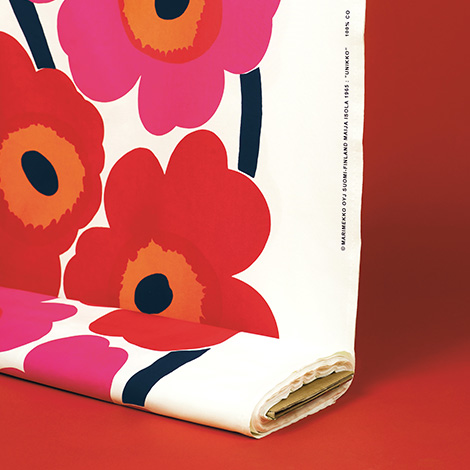
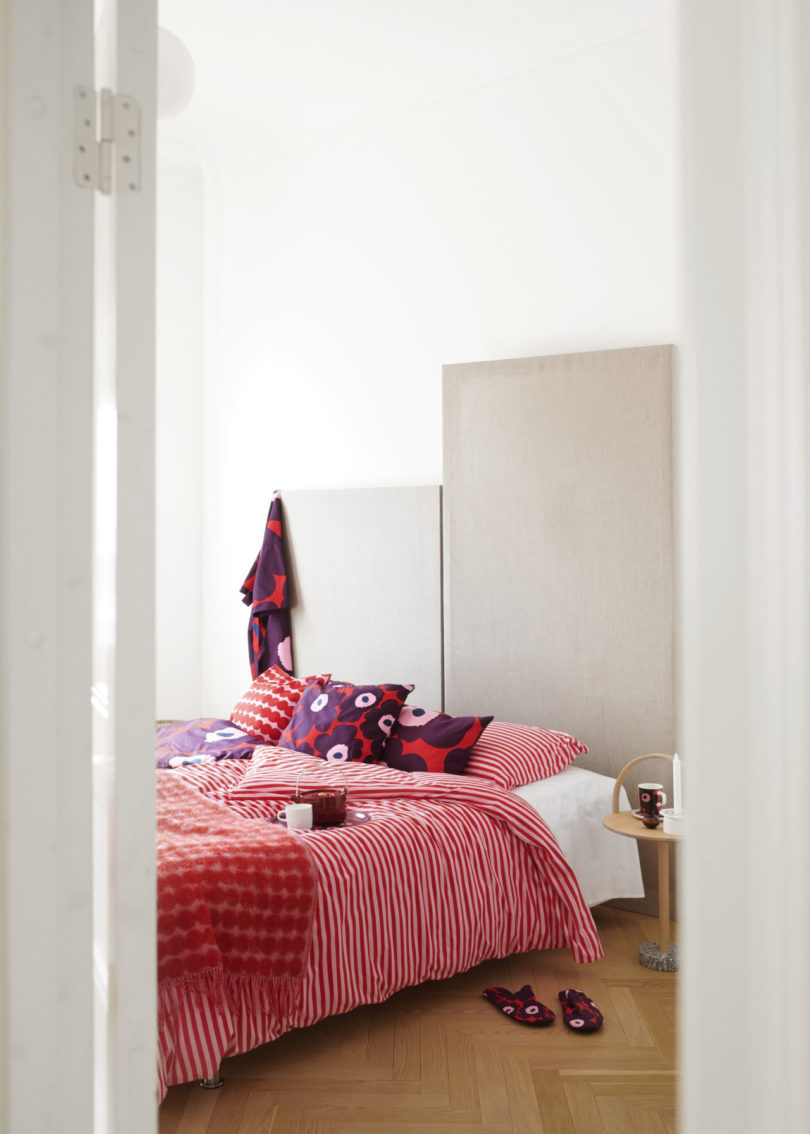
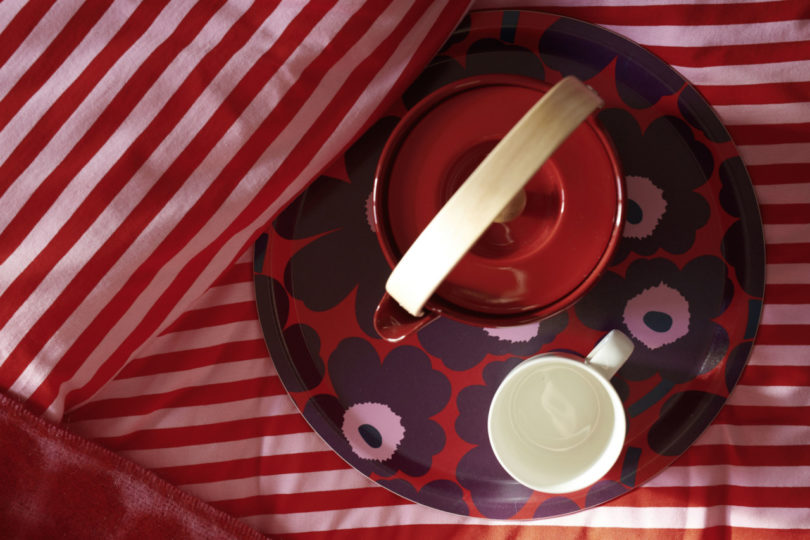
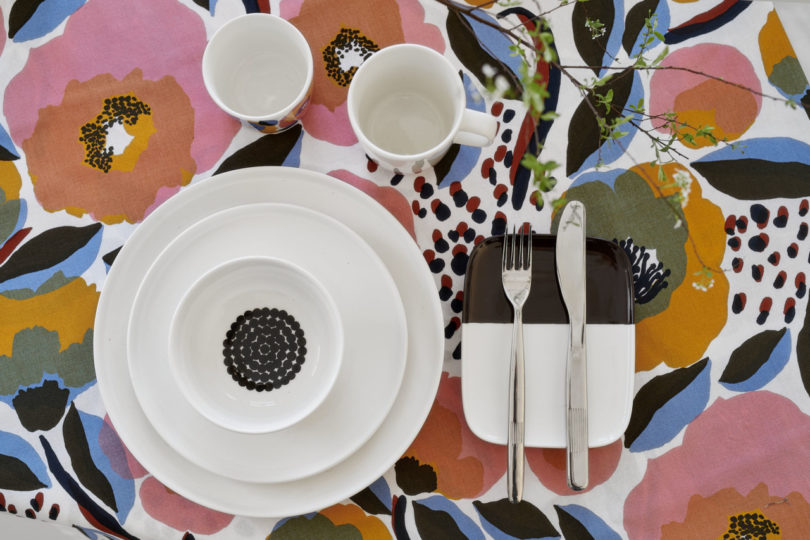




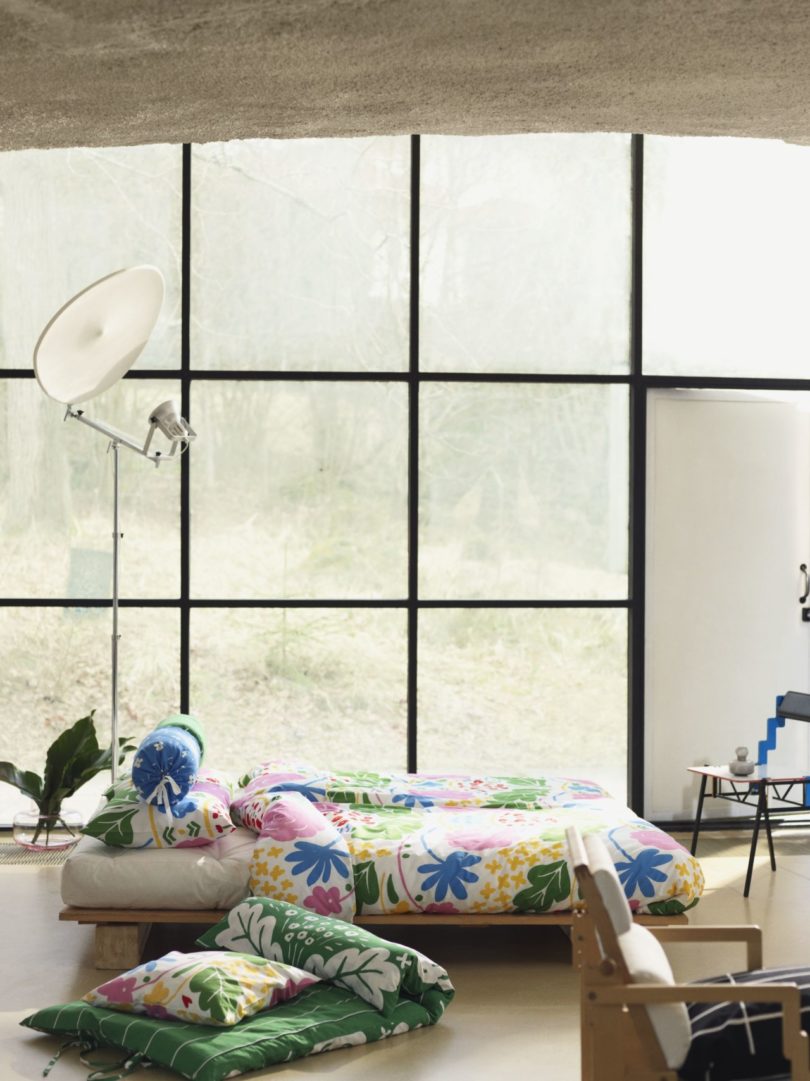



No comments:
Post a Comment